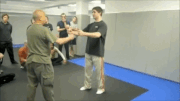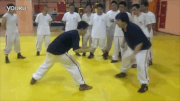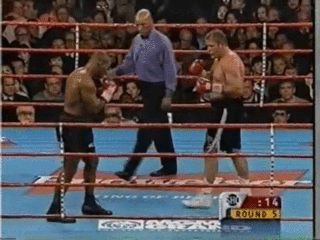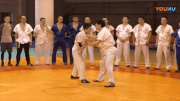MR. SERNA
Yellow Belt
It is an internal art form, known as shadow boxing.I always want to ask a Taiji person about this question. Does a Taiji guy share the same goal as a
- wrestler - to take his opponent down?
- boxer - to knock his opponent down?
If the goal are
- the same, the training method should be similar.
- different, what is a Taiji person goal?
What's your opinion on this?
Taiji:

Wrestling:

Boxing:

Having been trained in Tai chi chuan
It is internal training in kungfu known as shadow boxing.I always want to ask a Taiji person about this question. Does a Taiji guy share the same goal as a
- wrestler - to take his opponent down?
- boxer - to knock his opponent down?
If the goal are
- the same, the training method should be similar.
- different, what is a Taiji person goal?
What's your opinion on this?
Taiji:

Wrestling:

Boxing:

It can be applied in combat and is the highest level of application, and only a handful are trained due to the devastating application.
Those who have been trained at that level guard heavily against showing off or displaying movements out of respect to the past masters and masters which are few these days.
Having said that you should ask if anyone has ever experienced the effects of combat with a Tai Chi Chuan man. I doubt you will find anyone who will share their experience.
Mr. Serna

